– is a small town on the southeast coast (about 200 kilometres or 125 miles by road southwest of Oslo). The town itself has a little more than 5,000 inhabitants. Including the total municipality, which comprises the town and some of the surrounding country, doubles the number. However, these are the winter figures; during a couple of summer months the area is literally invaded by the summer guests. On the coast and in the archipelago, there are between three and four thousand cabins. This is not unique to Kragerø: the situation is similar in many municipalities on this coast.
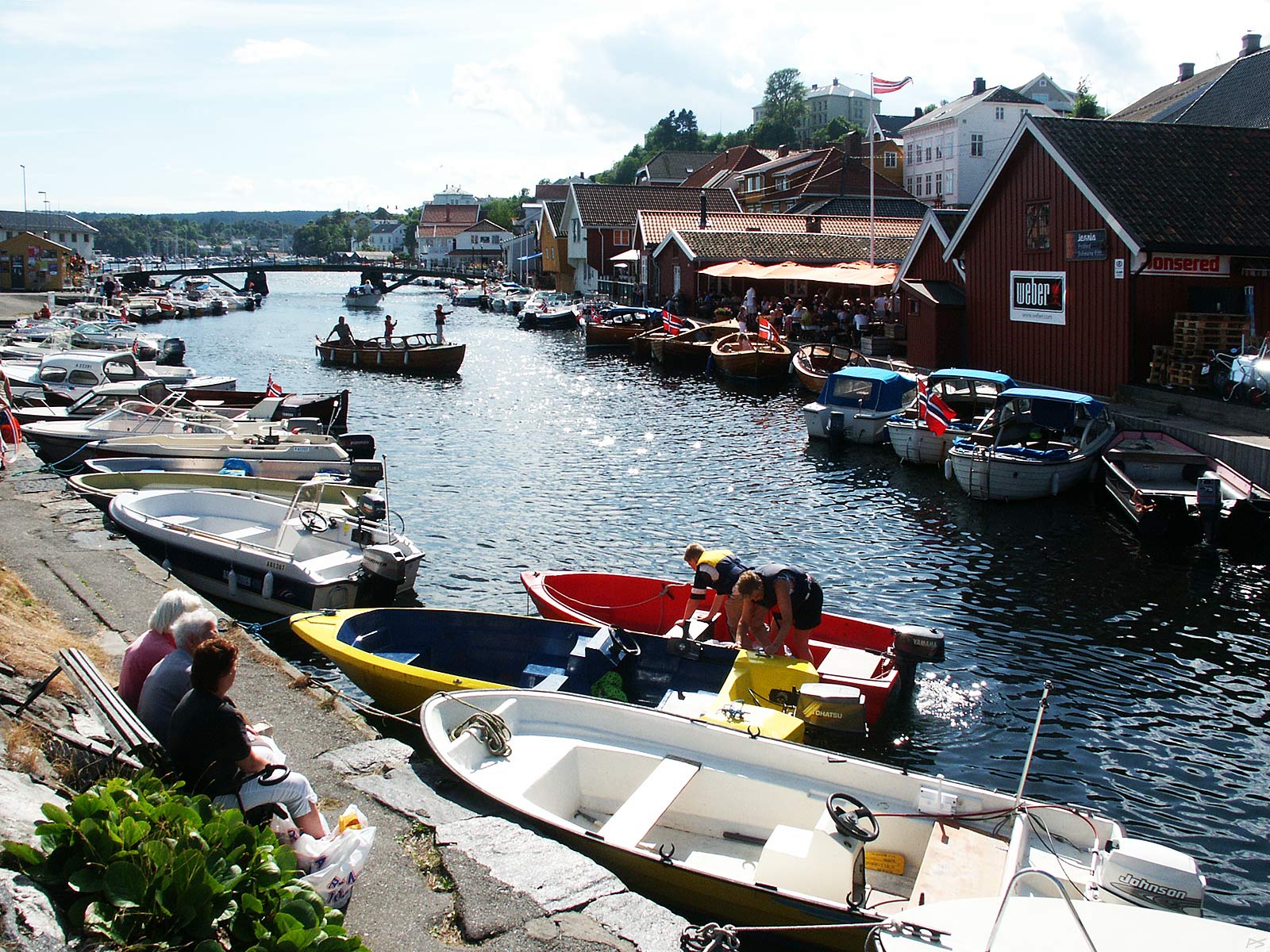
This is Blindtarmen ("The Appendix"), a small bay in the centre of the town where many of the small boats land – those that can pass under the bridge.
(2003-07-23)
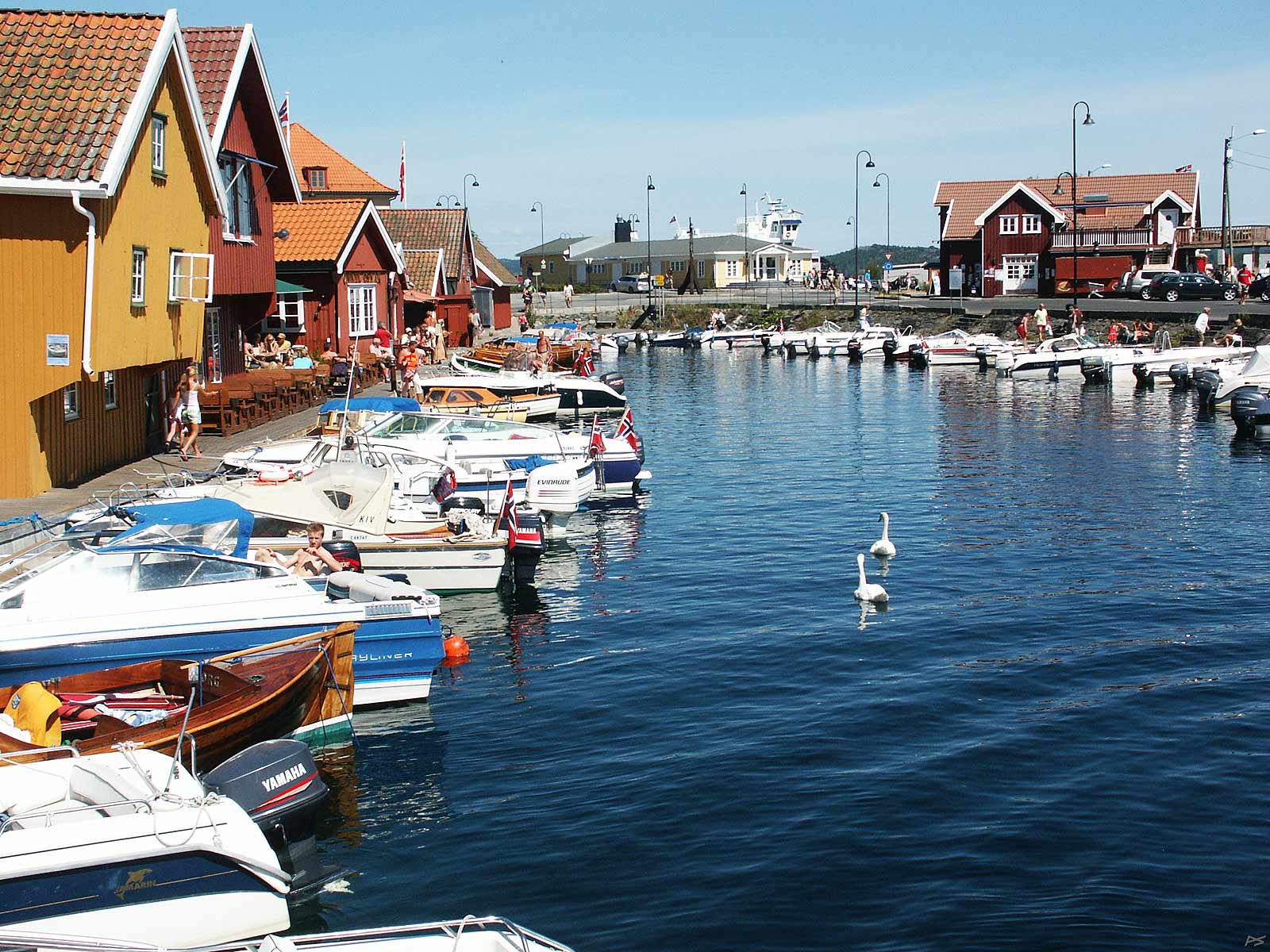
The inner part of Blindtarmen seen from the Town Bridge. Along the whole of Blindtarmen there is a narrow passage for pedestrians, visible to the left.
(2006-07-20)
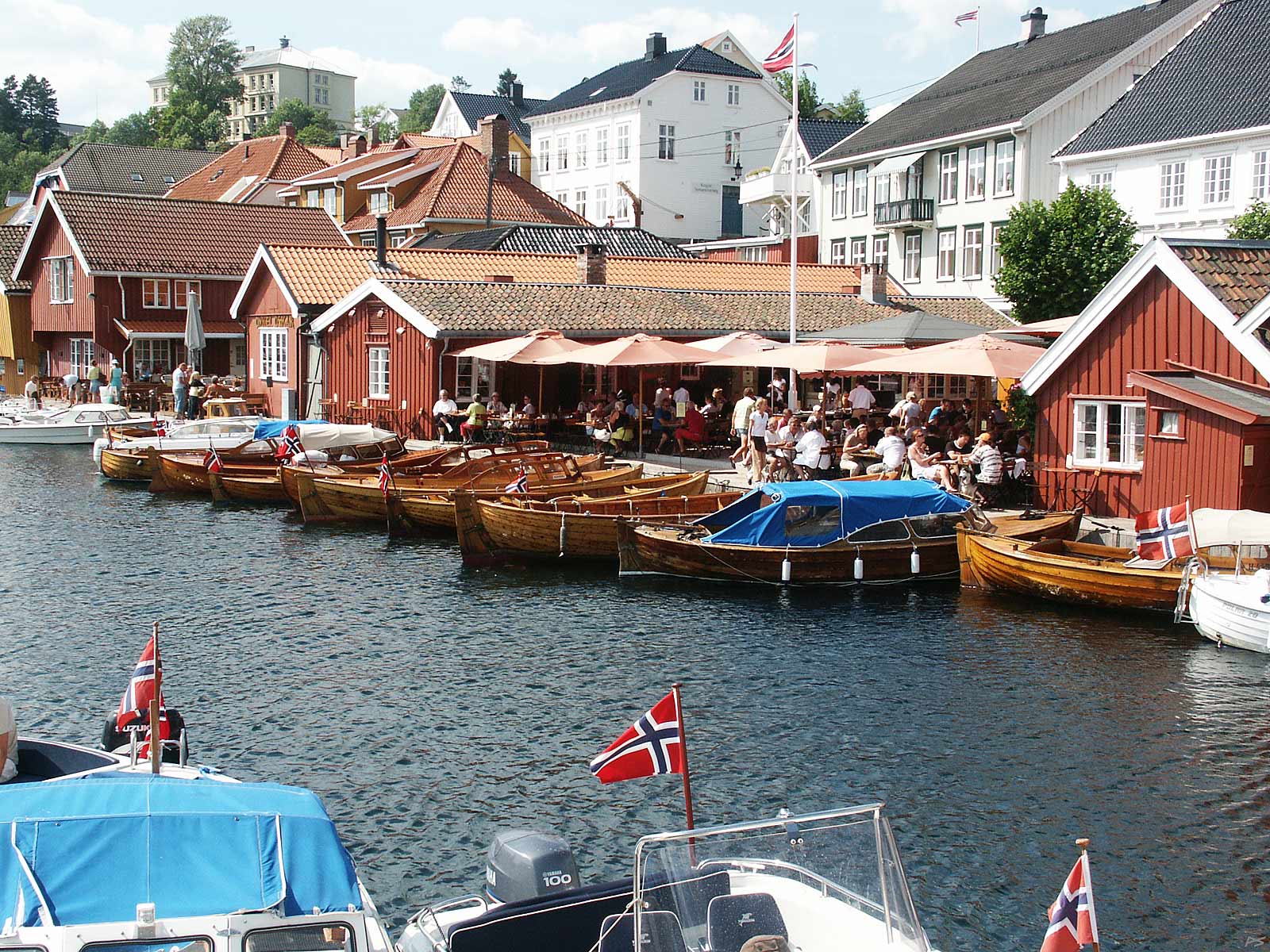
One part of Blindtarmen is reserved for the traditional wooden boats. (One plastic boat has sneaked into the noble assemblage.)
(2006-08-03)

The Town Bridge (Bybrua) across Blindtarmen.
(2006-07-20)

Boats on the outer part of Blindtarmen, view towards the sea and the islet Gunnarsholmen on the right side of the inlet to this harbour.
(2006-07-20)

Blindtarmen outside the Town Bridge, view towards the mainland.
(2004-07-17)

The Town Square.
(2006-08-03)

The Kragerø streets are narrow, please notice the green truck inching its way. Some house corners have steel reinforcement.
(2006-07-20)
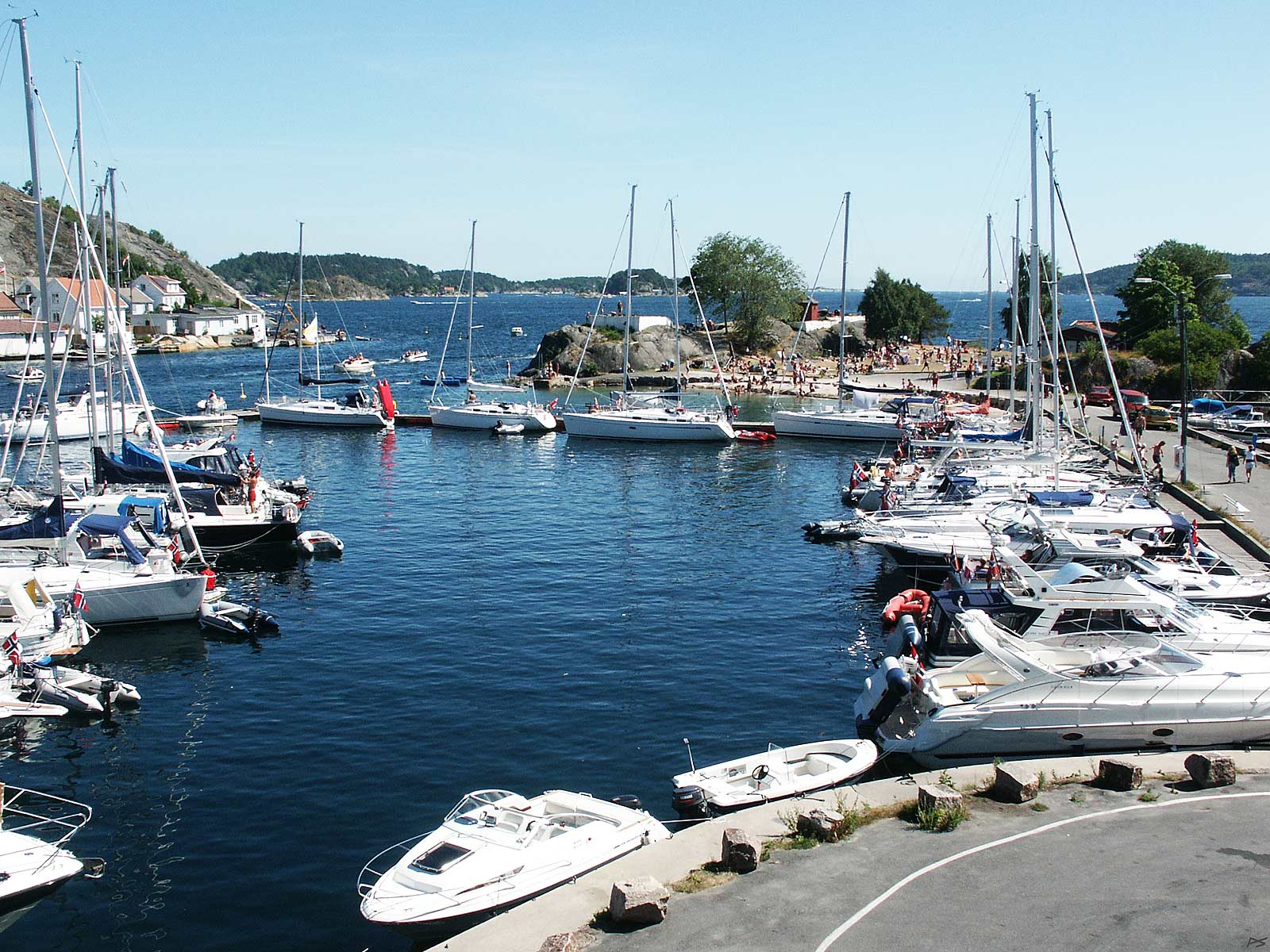
Gunnarsholmen ("Gunnar's Islet") at the outer end of Blindtarmen is connected to the mainland by a stone fill. To the left the west end of Øya ("The Island").
(2006-07-20)

The pool on Gunnarsholmen is intended for the children. On the lawn the grownups are sunning. Adults and older children generally prefer to sun on the smooth rocks and dive from the rocks. There are lots of bare rocks on this coast, smoothed by the ice during the Ice Age and later by the waves as the land rose after having been loaded down by the ice.
(2006-07-20)

View from the top of Gunnarsholmen towards the mainland. The artificial sand beach is new (2006) and is evidently not an easy task to accomplish.
(2006-07-20)
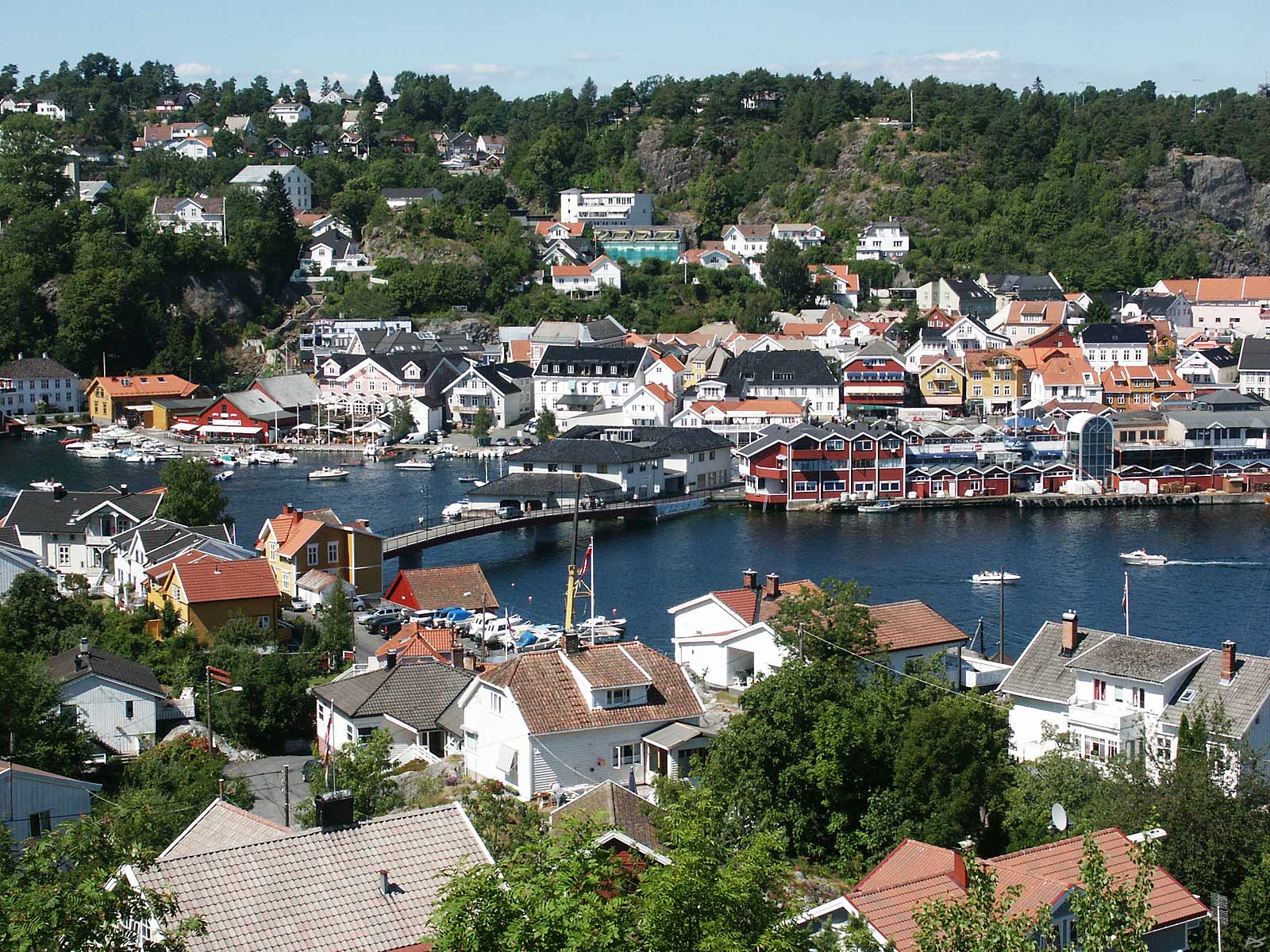
Øya ("The Island") is indeed a small island and a part of Kragerø town. This is a view from Veten, a hilltop, towards the mainland, showing the Øya Bridge. An earlier name of this island seems to be the origin of the town name: Kråkerøy ("Crow Island", referring to the black bird). The present Kragerø is the Danish form of Kråkerøy – the four hundred years union with Denmark left a lot of names written, and even pronounced, in the Danish way.
(2006-07-20)

View towards the sea and the islands from Veten, the hilltop on Øya, Kragerø. There is a myriad of islands (and reefs!) out there, with cabins, boats and "summer people". The ferry transport people and vehicles to Jomfruland and a couple of other large islands every day. On Jomfruland only the inhabitants are allowed to use motorized vehicles, but bringing a bike might save you from missing the ferry back. (Water taxies are available.)
(2006-07-20)
"Kragerø – the pearl among coastal towns"
That's a quotation from the famous painter Edvard Munch (1863–1944). Edvard Munch often visited Kragerø and lived and painted here from 1909 till 1910, which the inhabitants are very proud of. Sorry, the famous samples below were not painted in Kragerø.
 |
 |
 |
The Scream 1893 |
Madonna 1894 |
Puberty 1894-95 |
The town also boasts of other old artists. Theodor Kittelsen (1857–1914), the most famous one, was born here and his family house is now a museum of his art. He is probably best known for his drawings and paintings of trolls and other mythical creatures.
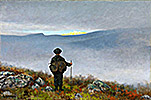 |
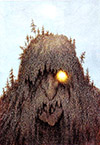 |
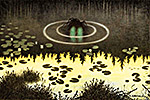 |
Soria Moria Palace |
The Forest Troll |
Nøkken, the Water Troll |
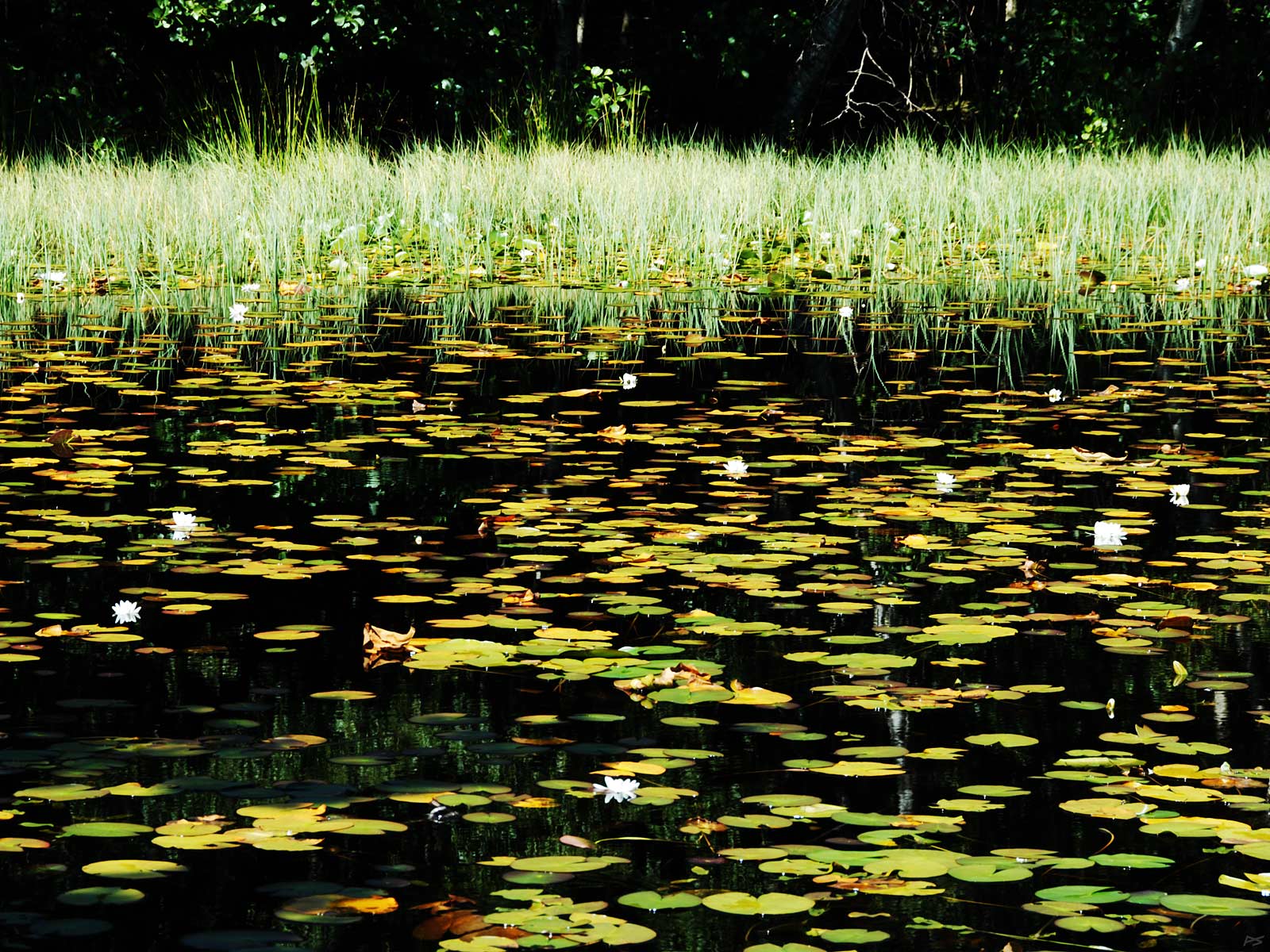
One of Teodor Kittelsen's favourite places when painting, was Jomfruland, the seven kilometre long and narrow island terminating the Kragerø archipelago on the ocean side. Strangely, there is a small lake, Tårntjernet, on this "leaky" moraine island, and that's where Teodor Kittelsen painted the Water Troll above. Incidentally, the original name of the island was Aur, which might be translated by "gravel". The waters around the island (and in the archipelago) is shallow and littered with reefs. In the old days sailors were terrified of these waters, so to please their God they used the euphonym Jomfruland, in English "Virgin Land" or "Virgin Island", referring to the Virgin Mary.
(2008-07-24)
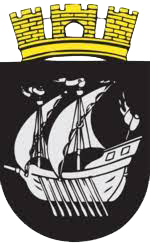
The Kragerø coat of arms
